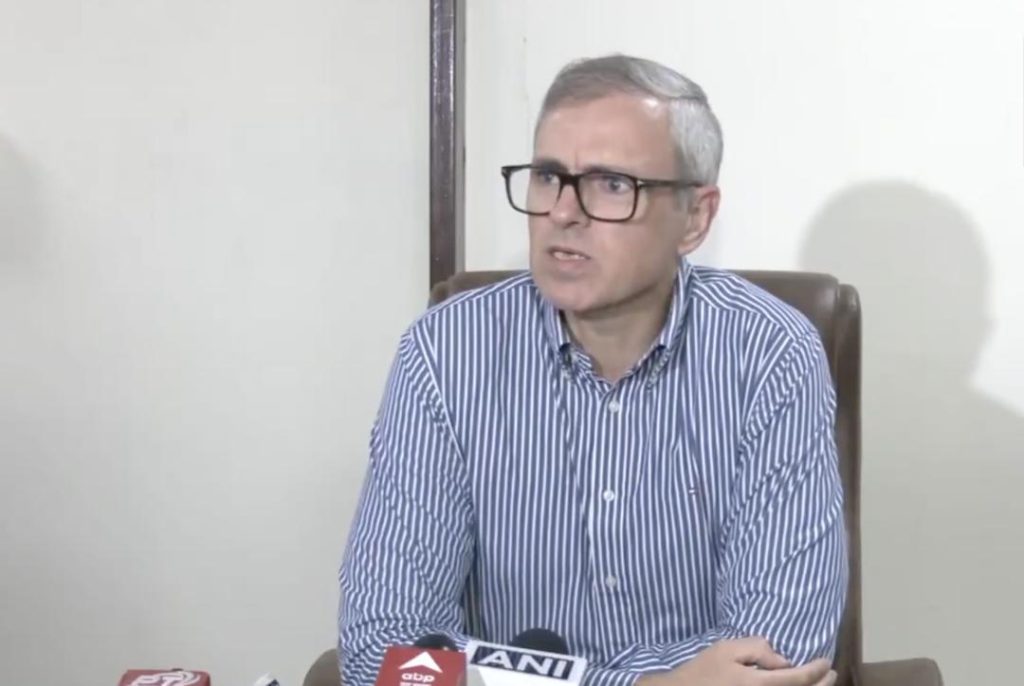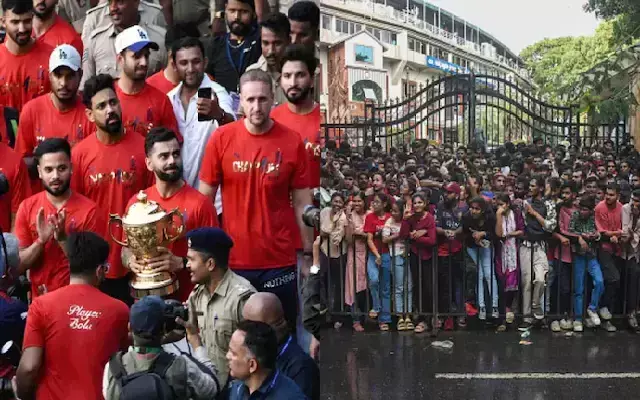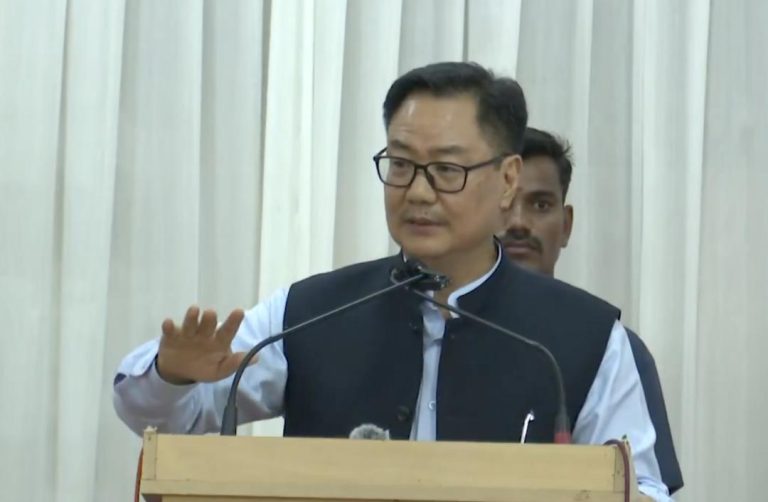
Why should I send water to Punjab?: J&K CM on canal proposal
The debate over the sharing of water resources has been a contentious issue in India for decades. Recently, the proposal to construct a 113 km-long canal to redirect surplus water from three western rivers of the Indus system in Jammu and Kashmir (J&K) to Punjab, Haryana, and Rajasthan has sparked a heated discussion. J&K Chief Minister Omar Abdullah has taken a strong stance on the issue, questioning the need to send water to Punjab and highlighting the lack of support from the neighboring state in the past.
In a recent statement, Abdullah expressed his reservations about the canal proposal, saying, “Why should I send water to Punjab? Punjab already had water under the Indus Waters Treaty.” He added, “Did they give us water when we needed it?” These remarks have sparked a backlash from some quarters, with many arguing that the canal is essential to meet the water needs of the parched regions of Punjab, Haryana, and Rajasthan.
However, Abdullah’s concerns are not unfounded. The Indus Waters Treaty, signed in 1960, allocates the waters of the Indus River and its tributaries between India and Pakistan. While Punjab has historically been the largest beneficiary of the treaty, J&K has also been entitled to a significant share of the water. However, over the years, J&K has faced water scarcity, particularly in the summer months, due to the drying up of the rivers and the lack of adequate water storage facilities.
Abdullah’s administration has been working to address the water crisis in J&K, including the construction of new water storage projects and the upgrading of existing infrastructure. However, the canal proposal seems to be more focused on supplying water to Punjab, which has historically been the most water-rich state in the region. This has led many to question the fairness and equity of the proposal.
One of the main concerns is that the canal would divert water from J&K’s own needs to meet the demands of other states. J&K is already facing severe water scarcity, and the diversion of water would only exacerbate the problem. Moreover, the construction of the canal would require significant investment and resources, which could be better spent on developing J&K’s own water infrastructure.
Another issue is the lack of transparency and consultation in the proposal. The Punjab government has been pushing for the canal project for several years, but there has been little effort to engage with J&K or other stakeholders in the region. This has led to concerns that the project is being driven by political considerations rather than a genuine need to address water scarcity.
In addition, there are also concerns about the environmental impact of the canal project. The construction of the canal would require the diversion of large tracts of land and the destruction of natural habitats. This could have significant environmental and ecological consequences, particularly in a region that is already prone to natural disasters such as floods and droughts.
In conclusion, while the proposal to construct a canal to redirect surplus water from J&K to Punjab, Haryana, and Rajasthan may seem like a straightforward solution to the region’s water crisis, it is a complex issue that requires careful consideration of the various stakeholders’ interests. J&K Chief Minister Omar Abdullah’s concerns about the fairness and equity of the proposal are valid, and it is essential to engage in a more transparent and inclusive discussion about the issue.
As the debate continues, it is crucial to remember that water is a precious resource that must be shared fairly and sustainably. Any solution must prioritize the needs of all the stakeholders involved, including J&K, Punjab, Haryana, and Rajasthan. Until then, the people of J&K will continue to wonder, “Why should I send water to Punjab?”
News Source: https://x.com/ANI/status/1935953245043933487






